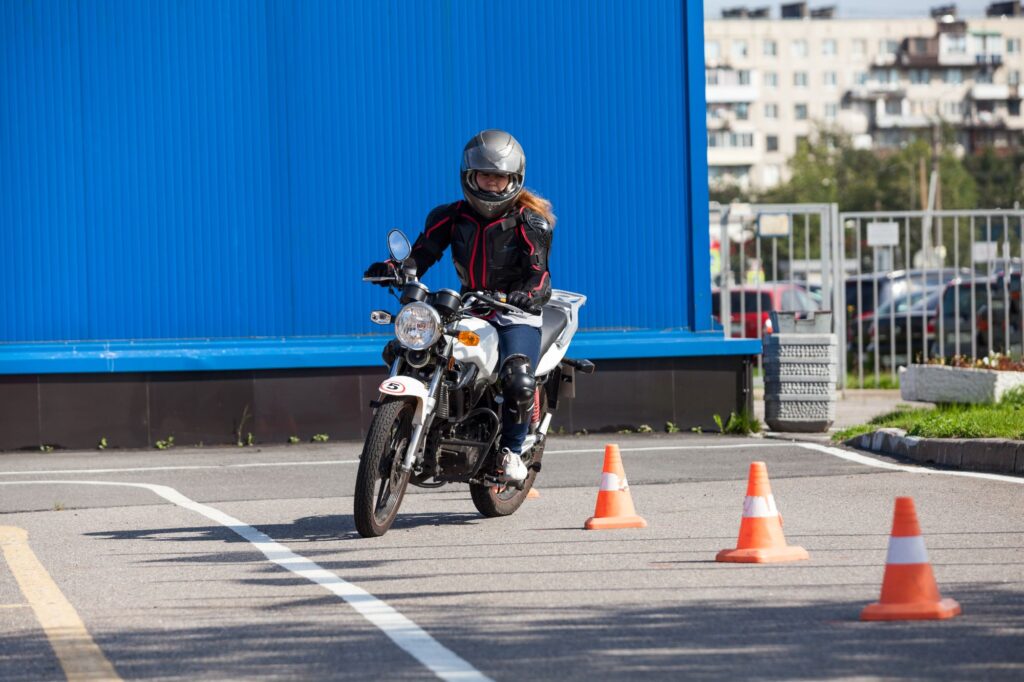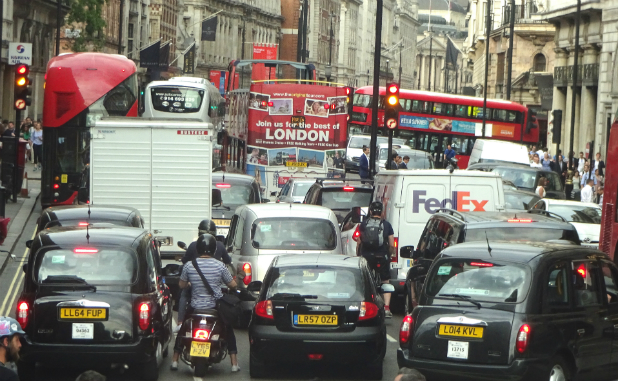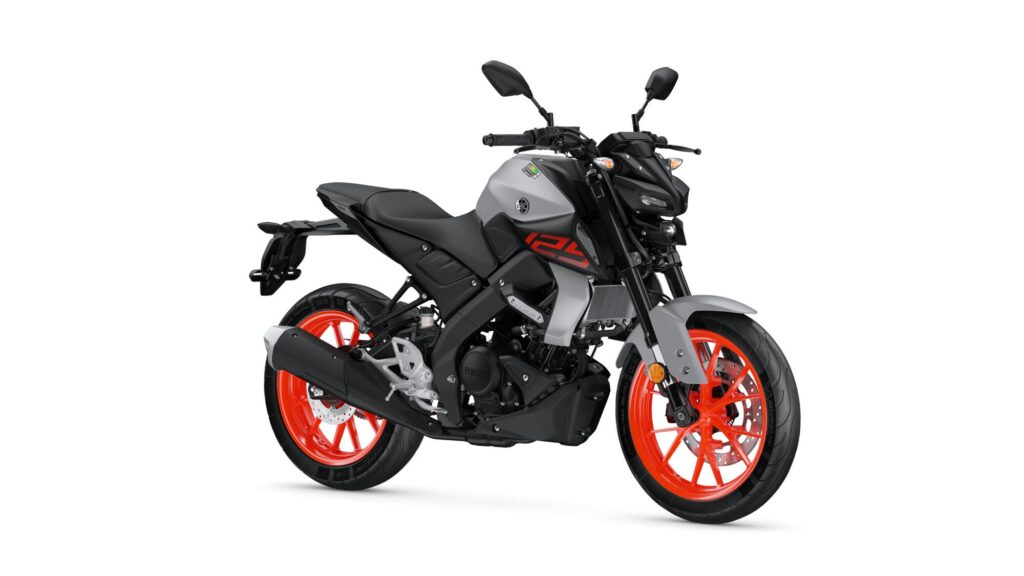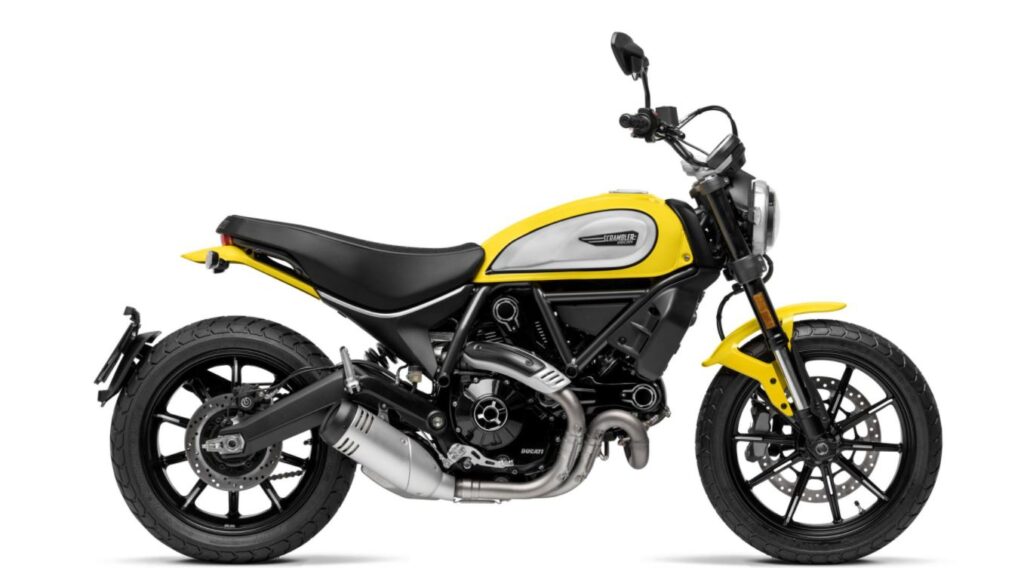The London ULEZ – one year on
In March 2020, motorbike insurer Bikesure surveyed Londoners on their experiences of the capital’s Ultra Low Emissions Zone (ULEZ), which came into force on April 8, 2019.
Key findings – 2020 ULEZ survey
- 65.3% of Londoners changed their mode of transport for the ULEZ
- 19.6% of those who changed their usual mode of transport now use a low-emissions motorcycle or scooter/moped
- 26.7% can’t afford to drive in the ULEZ
- 11.3% of respondents thought the ULEZ was a bad idea
- 73.5% changed their usual transport before the ULEZ was introduced or within three months
- 30.9% of people said that they won’t be able to afford to drive/ride in London after the ULEZ is expanded in 2021.
What is the ULEZ in London?
The designated Ultra Low Emission Zone (ULEZ) was introduced in central London on 8 April 2019. The ULEZ is a 24/7 traffic management and emission reduction scheme which operates within the existing Congestion Charging Zone (CCZ) and is set to expand to the North and South Circular roads in 2021.

You do not have to pay if your vehicle meets the minimum emission standards (Euro 4 for petrol engines, Euro 6 for diesel engines). If your vehicle fails to meet the emission standards, you must pay a daily charge of £12.50 or risk a fine of £160.
Check if your vehicle meets the emissions standards here.
In March 2020, due to the coronavirus pandemic, the ULEZ charges were lifted to allow key workers to travel more easily. This temporary measure is still in effect at the time of publishing this report.
One year on
The introduction of the ULEZ was – and remains – a topic that has divided opinion among Londoners. Some perceive it as a positive and necessary step to improve the environment and air quality in the capital, while others perceive it as just another charge for hard-working people to pay.
We conducted a survey of 1,000 Londoners in 2019, before the ULEZ was launched, to discuss its potential impacts. Key findings from the 2019 survey included:
- 82.1% of Londoners had changed or thought about changing their transport in preparation for the Ultra Low Emission Zone.
- There could be a 141% increase in the use of motorcycles (mopeds, scooters and motorcycles) travelling through the ULEZ as residents opt for low-emission models.
- 31% of Londoners would not be able to afford to drive or ride their own vehicle within the new ULEZ.
- 44.6% of Londoners felt ‘frustrated’ by the ULEZ; 47% of those surveyed are happy with the new measures being introduced.
Now, a year since the introduction of the ULEZ, Bikesure wanted to follow up on the 2019 survey by once again interviewing 1,000 Londoners. The 2020 survey aimed to find out about the impact the ULEZ has had since its introduction.
Two-thirds of Londoners changed their mode of transport
The survey revealed that 65.3% of Londoners changed their usual mode of transport. Of all respondents, car drivers were by far the least likely to have changed their mode of transport. According to the figures, 64.6% of car drivers changed their mode of transport once the ULEZ was introduced. This is compared to 80.7% of van drivers, 81.4% of motorcyclists and 86.5% of scooter drivers.
This shows that more motorcyclists and scooter drivers have been impacted by the ULEZ than car drivers.

In our last survey from 2019, 37% of commuters had already changed their usual mode of transport before the ULEZ was introduced. A further 46% of commuters were planning to change their usual mode of transport once the ULEZ was introduced, meaning that around 82% of commuters either had already changed or were planning to change their usual mode of transport.
73.5% changed their usual transport within three months of the ULEZ being introduced
As part of the survey, respondents were asked when they changed their vehicles. Results showed that most Londoners changed their vehicles between one and three months after the ULEZ was implemented, while more than a quarter changed before it was implemented. Therefore, nearly three-quarters (73.5%) of respondents had changed their mode of transport within three months of the ULEZ being introduced.

Car drivers were quickest to change their vehicles, with 28.5% changing before the implementation of the ULEZ, compared to around 20-21% for other types of vehicle.
Owners of vehicles other than cars were more likely to change their vehicles more than three months after the ULEZ was implemented: only 26% of car drivers fell into this category, compared to 34% of van drivers, 33.9% of motorcyclists and 29.7% of scooter/moped riders.
Many people have opted for low-emissions motorcycles or scooters
The survey showed that 19.6% of those who changed their usual mode of transport now use a low-emissions motorcycle or scooter/moped. This is almost the same percentage of responses we received for low-emissions cars, showing that two-wheeled motors are still a favourite in the capital.
There has also been a large spike in public transport usage, as 64% of respondents now use public transport in place of their previous vehicle. As some 43.5% of respondents now walk instead of using a vehicle, this implies that many journeys using vehicles may have been short.

Note that as this is a multiple-choice question, respondents may choose to select a combination of transport modes that they now use.
More than one quarter can’t afford to drive in the ULEZ
As part of the survey, commuters in London were given a multiple-choice question to find out how the ULEZ has affected them. The survey showed that:
- 31.1% said that the ULEZ doesn’t affect them
- 26.7% can’t afford to drive/ride in the ULEZ anymore
- 23.7% drive/ride in the ULEZ zone less than they used to.

Interestingly, more than a quarter of those surveyed said they can no longer afford to drive/ride in the ULEZ. The chart below breaks this down by type of vehicle owned by the household. This reveals that the biggest impact was upon van owners: only 21.1% of van owners said the ULEZ doesn’t affect them, whereas 33.9% said they can no longer afford to drive in the ULEZ.
Motorcyclists and scooter/moped owners answered most often that they drive or ride in the ULEZ less than they used to.
Motorcyclists least frustrated by the ULEZ
Survey respondents were asked how they felt about the ULEZ. This year, the number of people who thought the ULEZ is a good idea is slightly lower than last year.
- This year, 44.9% of people thought the ULEZ was a good idea and were glad it was brought in, compared to 47% of people who thought the same last year
There has also been a slight decrease in the amount of people who understood the reasons behind the ULEZ, but couldn’t help but feel frustrated by it:
- This year, 43.2% can understand the reasons, but can’t help but feel frustrated by it, compared to 44.6% of people who felt the same last year
Last year, only 7.8% thought the ULEZ was a bad idea, while this year, that figure has risen to 11.3%.

Again, van drivers appear to have been worst affected by the ULEZ, with 13.8% feeling it was a bad idea, and only 40.4% feeling glad that it had been brought in. On the other hand, 49.7% of motorcyclists and 50% of scooter/moped riders felt it was a good idea and were glad it had been implemented.
Almost two-thirds of Londoners will be affected by ULEZ expansion
It is expected that the ULEZ will be expanded in 2021 to encapsulate a much larger area inside the North and South Circular Roads. We asked our respondents how they envisaged this expansion affecting them.

While 30.9% of respondents feel that the new expanded ULEZ will affect them financially, only 12.8% of them are planning to change to a low-emissions mode of transport. This implies that a large proportion of affected people will use motorised transport in the ULEZ less often, or not at all, rather than switching to low-emissions vehicles.
Motorcyclists and those that drive scooters are most likely to change to a low emissions mode of transport after the expansion of the ULEZ.
All of these outcomes will help towards the planned goal of reducing emissions. However, these statistics also suggest there is an opportunity to make more people aware of the benefits and cost-effectiveness of using a low-emissions mode of transport.
Summary
It is undeniable that the introduction of the ULEZ has made a considerable difference to the lives of Londoners. Based on the survey results, there has certainly been a spike in the use of public transport, push bikes and walking; while this may have inconvenienced people, it will doubtless have helped with the principal aim of reducing emissions.
Figures show that more people are unhappy with the introduction of the ULEZ than in last year’s survey; this is to be expected, though, as last year’s respondents were asked what they thought of the idea before its introduction. While an overwhelming percentage agreed in principle, once the ULEZ began operating, people’s opinions may be clouded by the cost and/or inconvenience they encounter post-implementation.
Next year, the ULEZ will increase its reach to a much greater area, encompassing everything within the North and South Circular Roads. This equates to approximately 3.8 million people, so a much greater proportion of Londoners will be affected. Given the figures quoted above, we would encourage anyone living, working or commuting within the proposed expanded zone to start planning now for what the expanded ULEZ could mean for them.
If you live or work in London, check out our ultimate guide for motorcyclists riding in the ULEZ. Making a switch to two wheels? Get a competitive insurance quote for your motorcycle.
Read more…
https://www.bikesure.co.uk/bikesureblog/2020/02/ulez-motorcycle-guide.html





